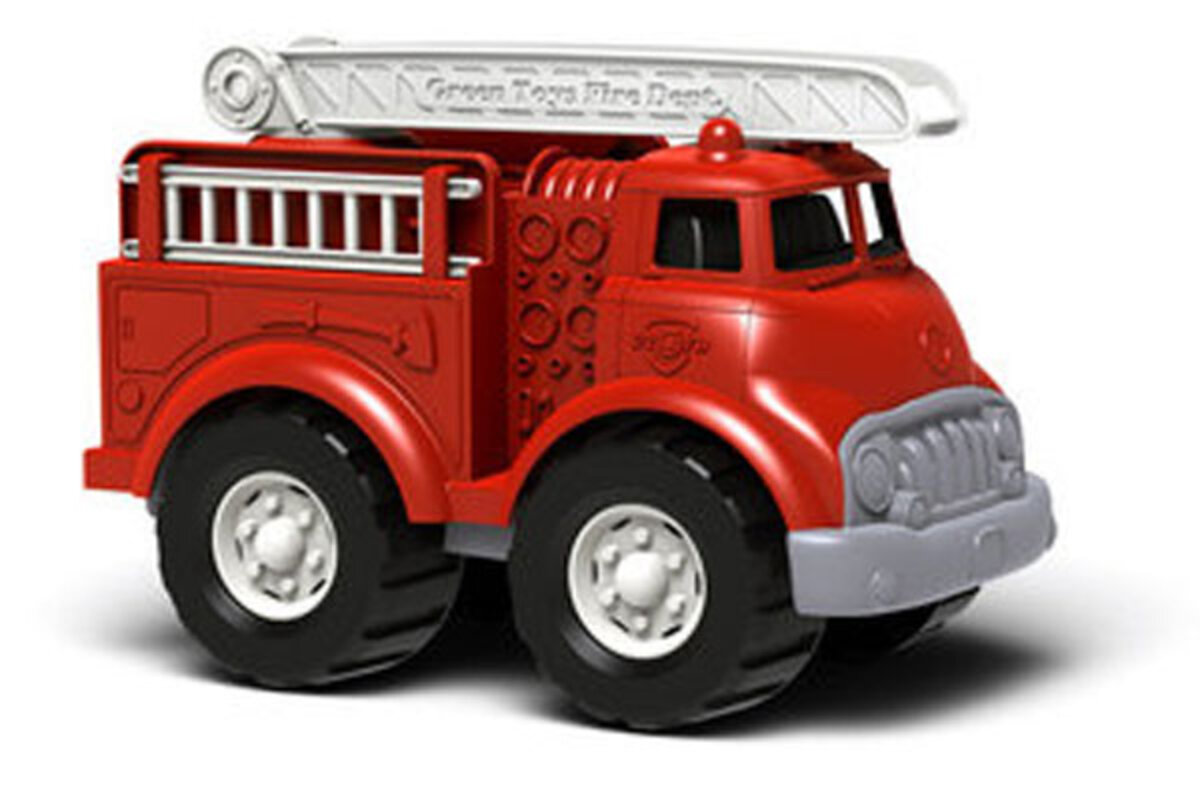Toxic toy recalls: an opening for US 'green' toys
Loading...
You know Dasher and Dancer and Prancer and Vixen. Cadmium, mercury, arsenic and chlorine. But, do you recall…
Yes, they have been recalled. Again and again.
The epidemic of foreign-made toxic toys making its way onto retail shelves might be best described as something out of a science fiction movie rather than a beloved holiday song.
In 2007 alone, more than 17 million toys were recalled because they violated federal lead paint standards. In January 2010, the Consumer Products Safety Commission (CPSC) recalled 55,000 units of children’s costume jewelry that contained high levels of cadmium and in June of this year, 12 million promotional drinking glasses sold at McDonald’s were recalled because the painted coating contained cadmium.
For parents, figuring out which toys are healthy, which have been recalled and which ones your kids are least likely to lick or otherwise ingest can be a .
But, there may be one silver lining to this cloud of toxic toys: It is creating an opportunity for to break into the toy market, which has traditionally been very difficult to do.
Nimble newbies
��ٳ������� , particularly startups, are well positioned to meet customer demand for ,” said Sally Edwards, a sustainability researcher at the University of Massachusetts. “The process of figuring out how to make the safest, healthiest, greenest toys is easier to do on a small scale than on large scale. Many small companies have benefitted from being able to design the product from the ground up.”
That has been the case for Green Toys, a San Francisco-based toy manufacturer that uses recycled plastic milk jugs to make its line of classic toys that come in recycled cardboard packaging.
“Innovation comes from startups,” said Robert von Goeben, president of , which currently sells its toys in 3,000 retail locations and exports to 12 foreign countries. We make fine, detailed toys because our manufacturing process started from scratch knowing what we would be using recycled plastic, which is different to work with than new plastic, von Goeben said.
The key to making an environmentally-friendly product, no matter what the industry, is starting with an eco-friendly process and then deciding what can be made.
“It’s backwards from what other toy companies do,” said von Goeben. Green Toys’ entire supply chain occurs within the United States -- ninety percent is in the San Francisco area.
Von Goeben and his partner, Laurie Hyman, invested $200,000 of their own money in the business and have been profitable since nearly the beginning. The company’s customers include Pottery Barn, Barnes & Noble, Whole Foods, Amazon and the Museum of Modern Art. It currently has seven employees.
“We want to fundamentally change the way people think about children’s products. Only a small company can make that change. We exist for making that change,” von Goeben said.
The bigger they are…
The ability to remain nimble, work closely with suppliers and source product domestically has helped Green Toys stake out a big chunk of the ‘green’ toy market.
That agility is not something that comes easy for larger toy manufacturers, said Monica Becker, who runs Monica Becker & Associates Sustainability Consultants in Rochester, N.Y.
“It has been difficult for large companies to ‘green’ their products because they are reliant on manufacturers all over the world where they mainly have to rely on their suppliers to do due diligence,” said Becker, who along with Edwards, co-authored a paper on toxic toys that appears in the current issue of the American Chemical Society’s .
“When we go deeper and deeper into the supply chain, we find companies (many of which are located in Asian countries) that are unsophisticated and not always interested in doing the due diligence necessary,” Becker said. “Having a disparate supply chain makes it more difficult to meet requirements. Companies are finding it’s extremely challenging because they are so disconnected from the manufacturing process.”
Starting over organically
But not all toy companies have found it impossible to reinvent themselves. Thirty-five-year-old toy manufacturer Hosung NY, based in New York, decided five years ago to create a line of organic plush toys.
“When we created the brand in 2005, the toy industry was very skeptical,” said Serah Chae, President of , the organic plush toy division of Hosung. “They said, ‘that’s very green of you,’ but relegated us to a specialty category.”
, MiYim’s products are sold at Target and Babies R Us and the company has 3,000 retail accounts. “We’ve seen a big turn-around in the last two years and despite the recession, we’ve seen significant growtwh,” Chae told BusinessNewsDaily.
Traditionally, the problem with green and organic toys, has been the price.
MiYim’s best-seller this year was an organic Dr. Seuss licensed doll that sells at Target for $9.99. While it’s tough for the company to make a profit at that price – Chae estimates organic cotton costs twice as much as non-organic -- the volume makes up for the thin margins on the doll.
“We make a better profit on our specialty store products,” Chae said.
Moms going green
Price will continue to be an issue when it comes to the greening of American toys, Edwards said. However, as more and more small companies create a better domestic infrastructure for purchasing recycled plastic, finding ways to recycle existing toys and working with small manufacturers who can meet their demands, the price difference could diminish.
And, Edwards said, research shows that one-third of mothers with children under the age of 18 are shopping for ‘green’ products at least some of the time.
And, that trend doesn’t show any signs of slowing down.
“Like most eco-friendly products, the first iterations [of green toys] left much to be desired,” said Zem Joaquin, owner of , a web site and blog focused on the intersection of style and sustainability in product design. “They tended to be sub-par, but eco-products are getting better and more affordable every day. Wal-Mart and Target are constantly adding to their selection, which is a very positive indicator.”
Joaquin said research shows that when characteristics of two products are comparable, most people will opt for the healthier, more ethical choice.
“Early adopters like me are willing to buy only green products, but most people demand products be comparably priced. Unfortunately, toxic waste, resource depletion, dirty water, non-renewable energy, child labor and other factors that are not accounted for in the manufacture of cheap products, butsavvy business people are finding clever ways to meet demand while being stewards of the environment,” Joaquin said.
Joaquin suggests parents check out some of the many small companies that offer eco-friendly toys including: , , , , ,, and plush toys.
Parents looking for more information on toy safety can visit Joaquin’s site, , for a list of healthy toy companies. Other resources include , National Geographic's and the. Information about recalls can be found at the .




